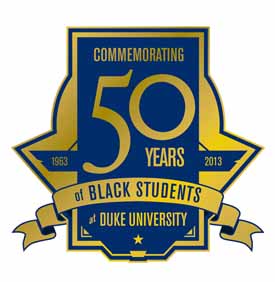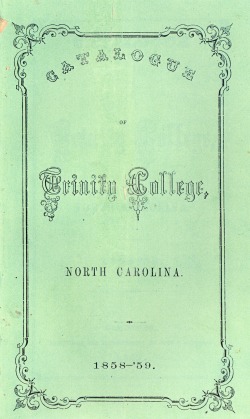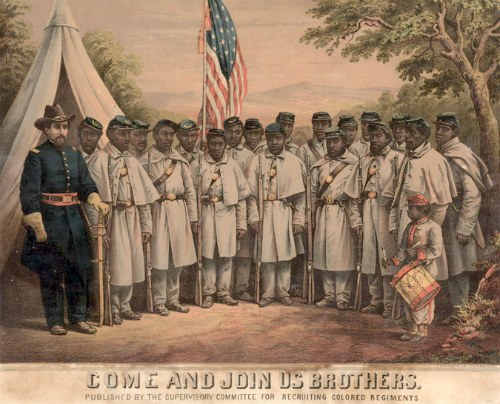We’re starting the school year off w/ lots of interest in Duke’s complex history, which warms (and engages) our archivist hearts. So here’s a handy compilation of ways to learn more about Duke history at the University Archives!
Travel through 178 years of Duke history with this nifty timeline.
Or grab your coffee & head to the permanent Duke University history exhibit outside the Gothic Reading Room. 
Learn more about the workers who built the Duke campuses & their working conditions on the website created by this past summer’s Story+ project, “Stone by Stone: Who Built the Duke Chapel?”
Our research guides will point you to key resources on popular topics, like athletics & student activism.
Our website has tons of historical information, like historical articles written by UA staff (including one about the Robert E. Lee statue removed from Duke Chapel).
Or you can browse our online exhibits! Integration, Duke during World War II, Duke’s queer history—find them here!
The Duke Chronicle, Duke’s student-run newspaper, is a fantastic historical resource. We’ve digitized the very first issue (December 19, 1905) through Feb 1989 and you can read/search through them here. 1990s issues will be available this fall!
103 years of the Chanticleer (Duke’s yearbook) are also browsable online. So many retro hairstyles!
Or see what the Pratt School of Engineering was like with digitized issues of DukEngineer.
Want to see Duke history rather than read about it? Our Flickr site has 3,000+ photos!















